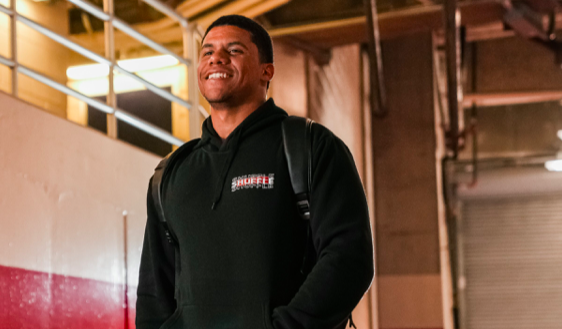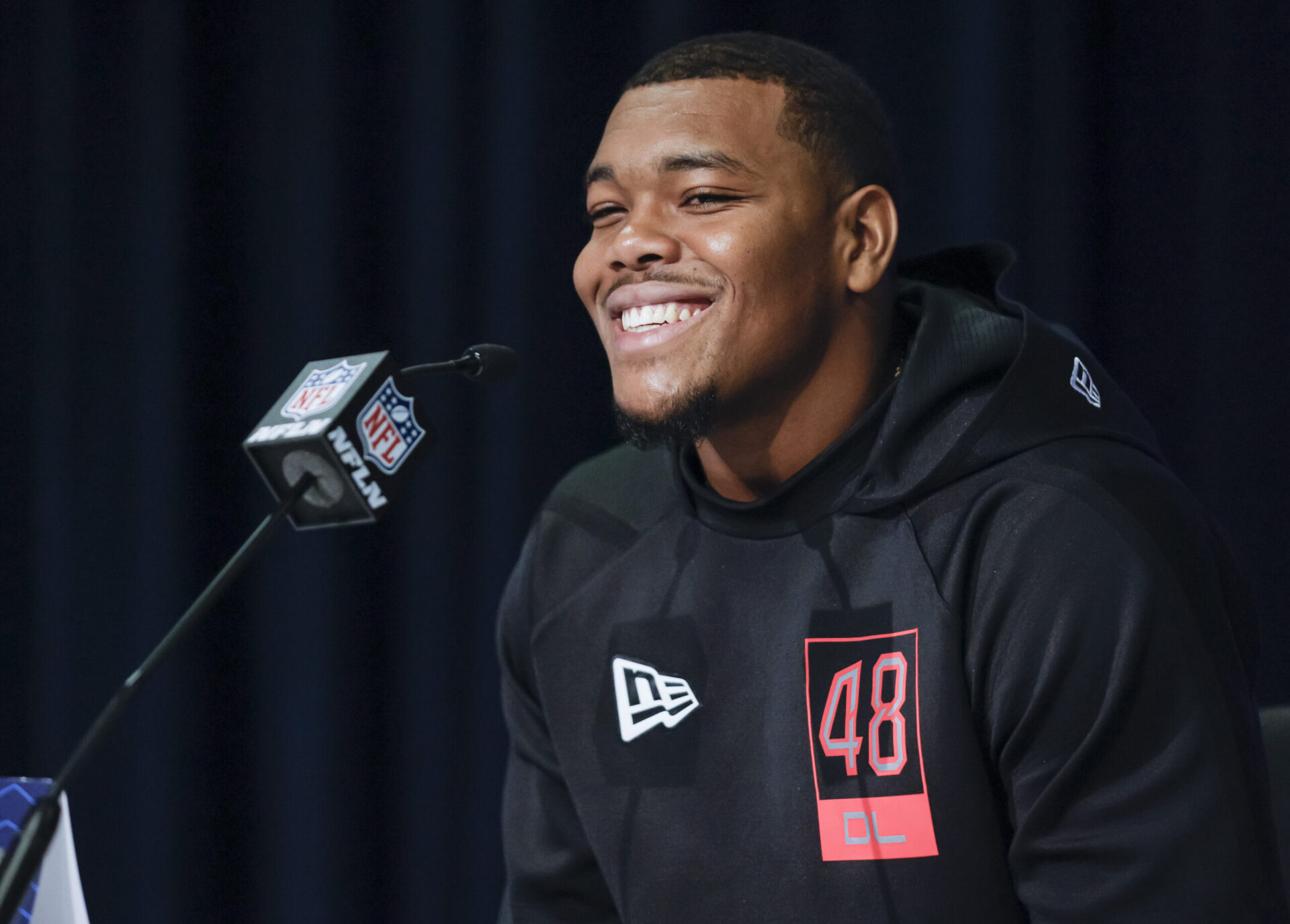Here’s a dirty little fact: The Braves have been trying to get out of Atlanta since the late '80s. That was when the idea was first hatched to get out of the dirty, crime-ridden city and move into the pearly white suburbs.
The Braves couldn’t make their escape then because they were given a stadium after the 1996 Olympic Games, Turner Field. But that gift had a 20-year expiration date, and the Braves took the first opportunity they had to make a move as soon as their lease was up. They’re planning a $672 million new facility in Cobb County, chipping in $200 million themselves while tax payers and private parties in Cobb County fund the rest. This is typical of big corporations looking to maximize the dollar, and it’s a growing trend in sports development.
Some areas are more hip to the trend than others. Brazilians took to the streets in a series of violent protests during the 2012 Confederations Cup— that continue even though there aren’t cameras near soccer games to show it—fighting tax increases that would finance the World Cup in 2014. Where was the funding for healthcare or education for the 3.5 million living in poverty in Sao Paulo alone?
Though stadiums often promise economic boons for the surrounding areas, they usually only boost the stocks of the people who own it. This phenomenon is best described in the book Field of Schemes, which details just how foolish investing something like $450 million of taxpayer funds into a stadium would be for the taxpayers.
Despite this, both the Falcons and Braves will reside in new locations in 2017, in a city with the widest gap between the rich and the poor in the nation, according to the last US Census. The metro area will commit around $650 million in taxpayer funds for these projects, and studies show it will do little to justify the cost. That Falcons, at least, stayed in town, and the Georgia Dome will likely keep the SEC Championship around and could bring an MLS team into town. The Braves, on the other hand, went straight for the lower tax rates and public money, following the trend of the metro Atlanta area that continues to turn its back on the city.
In the '70s, the rep of a crime-ridden city was harder to shake. The Braves had poor attendance even when Hark Aaron was knocking out home runs every other game, rarely selling out the 52,000+ capacity at Fulton County Stadium. Going into the city of Atlanta had a stigma. The areas of Atlanta that the Braves declared unsuitable were worse during the '70s and '80s.
The problem was crime.
The word “crime” is a bit of a hustle. It invokes fear, and is a main point of reference for the mean world theory, which studies how media reports make the world seem like a scarier place by how often crime is covered and the manner in which it’s done. It is also used as a mode of societal control, as described in The Rich Get Richer And The Poor Get Prison. Both played a role in the development of Atlanta in the '80s and '90s. Murders and gang violence earned headlines while car-jackings and theft left their mark on many coming in from the metro area. “Crimes Spoil Atlanta’s Pride In Rapid Transit System,” read one New York Times headline in 1986. Even then, crime was overblown. According to Kenneth Gregor, Metro Atlanta Rapid Transit Authority's commissioner at the time, in 55 million rides in 1985, just 2,600 incidents were reported and only 469 were classified as “crimes against persons.” The illusion of crime remained. Professor Harold Davis, whose daughter was robbed and cut with a knife near a MARTA station, didn’t believe the stats. “I think they jigger the figures,” he told the Times.
The atmosphere in the South created a lot of these symptoms. Racial tensions ripped through Atlanta during the '60s, which severed many racial ties in the state. Attempts to mend these ties never occurred in Atlanta. Instead, chronic economic conditions gripped the city, which were arguably created by Jim Crow laws.
The War on Drugs began in the '80s that started putting poor people in prison at exorbitant rates. Drug-related arrests soared and punishments for crimes increased, creating the oversized prison population today, putting more black men in prison than there were slaves in the South during the 1850. Conservative politicians used this to their political advantage. George H. W. Bush crushed his presidential opponent, Michael Dukakis, with this ad, amplifying one isolated incident into a widespread generalization.
These scenarios combined with poor economic conditions in the early '90s led President Bill Clinton to believe a crisis was coming. “We’ve got about six years to turn this juvenile crime thing around, or our country is going to be living with chaos,” said Clinton in 1997.
But a funny thing happened shortly after that: Crime dropped significantly. The lengthy incarceration rates proved to be a pivotal tool in reducing crime, albeit at high economic and social costs. Roe vs. Wade was handed down in 1973, and is attributed to 30 percent of the reduction in crime in Steven Levitt’s study, Understanding Why Crime Went Down in the 1990s. Levitt notes that crime rates in New York City declined earlier than the national average, as abortion was legalized in 1970. The same held true for five other states as well. Meanwhile, states that made tighter abortion laws, like Georgia, saw crime increase over the same time period. The crime rate did not begin to significantly decline in Georgia until the turn of the Millenium.
But images of crime stuck and became part of the bubble culture in the metro area. Cobb County and Gwinnett County voted against MARTA in the 70s, removing their interest, and tax money, from the city, while keeping city folks out. Despite the fact that less than .5 percent of people report a crime on MARTA, and the Marta Police Department is the least active department in Atlanta today, years of disinterest in the city mean the undercurrents of racism remain.
In 2012, a penny sales tax was widely voted down by voters in the metro area. The tax, known as T-SPLOST, would have provided money to expand highways (and for anyone who’s experienced Atlanta traffic, again, this was voted down), deepened the port in Savannah, making it a major player for ships coming from the Panama Canal that currently go to Mobile and NOLA, and also sped up progress for the Atlanta Beltline. The Beltline project uses Atlanta’s old railroad tracks and is rebuilding lost areas along the way. Old fields and overgrown lots are now skate parks, soccer fields and bike shops. Businesses pop up at a regular pace along the area, as more people use it to connect different parts of town. Their goal is to put a light rail along the path that will be close to a few MARTA stations and their new Peachtree Transit, a streetcar system connecting Downtown neighborhoods. A is a station planned within a ten minute walk from Turner Field, and with the funding, aimed to have it ready by 2017.
The Beltline project was the major factor in voting against the bill. Tea Party members rallied against any tax increase, despite the support of Republican Governor Nathan Deal. But it wasn’t just taxes, it was who the taxes were for. The metro area still didn’t want anything to do with the city they perceived to be scary. Said one man from Roswell, GA shortly before the vote, “What are you going to do? It’s human nature.”
Racism can only be human nature when it’s tolerated by a society, and exists solely because of the vast majority of white people in the suburbs. There isn’t much mixing of races or cultures, creating an “us vs. them” tax barrier that exposes conflicts when deciding where $672 million would be best invested.
It should not be lost that Cobb County is now willing to pony up $450 million for the Braves (at least, because I-75 will surely have to be expanded and Cobb County Transit will presumably have to start running on Sundays), but wouldn’t put anything up to support infrastructure surrounding the existing system. It’s not that the suburbs don’t want to put up money, they just don’t want to put up the money if it might help them, too.
There are plenty of poor people in Georgia. The Peach State ranks 8th worst in income inequality, and Atlanta has the least social mobility of anywhere in the country. But in Cobb County, the median income is around $65,000 (about $13k higher than the national median), putting half of its citizens in the upper 30 percent and higher. By 2017, the surrounding counties outside the perimeter will be able to ignore poverty even easier. They’ll have their own bus system, their own community surrounding the park and their own team. The new home of the Braves also has the added bonus of still not being accessible through MARTA, so the poor people who will now be even poorer in the area will still have to pay additional parking fees to get to a ballgame. Cobb County GOP Chairman Joe Dendy reaffirmed that position shortly after the announcement, saying, “It is absolutely necessary the solution is all about moving cars in and around Cobb and surrounding counties from our north and east where most Braves fans travel from, and not moving people into Cobb by rail from Atlanta.”
What a surprisingly harsh statement in this day and age. There isn’t any wiggle room in “absolutely necessary.” Dendy will not stand for anything that helps bring people from Atlanta to Cobb County, and only wants Cobb County accessible to those communities that happen to have a majority of wealthy white people. Without knowing the man, I can’t say for certain that he’s a racist, but his stigmatizing, arrogant words reek of elitism: We want nothing to do with your kind.
They never have. After a 20-year joyride at Turner Field, the Braves and Cobb County will finally unite in their suburban, virtually gated community. Not only will they claim a sports team for entertainment, but also the jobs supported by and around the Braves, that never fully developed in Atlanta partly due to their lack of investment in the city.
But that’s one of the many advantages the Braves have as the only team in the South. They can justify anything to the almighty powers of economic gain, as men in the South have done since America was founded. The Braves were quick to point out a map where their fans reside, essentially a map of the people Joe Dendy would welcome to the ballpark. By the almighty powers of Wall Street, they must maximize the dollar above any and all social responsibility. But what have they given back to the people who took them in from Milwaukee? An empty stadium and a video message. Just like when any major corporation picks up and leaves for greener pastures, the remains are not their problem.
The Braves moving is not the big issue. It is, however, a symptom of growing inequality, particularly dangerous when mixed with a young population struggling to find jobs and conservative politicians attempting to pass extreme abortion restrictions. Considering wealth inequality is now considered the one of the biggest problems with our economy, the question is not whether Atlanta needs to mend its wide disparity in lifestyle, luxury, while outgrowing old, racial stereotypes. The question is: How long before it’s too late?



